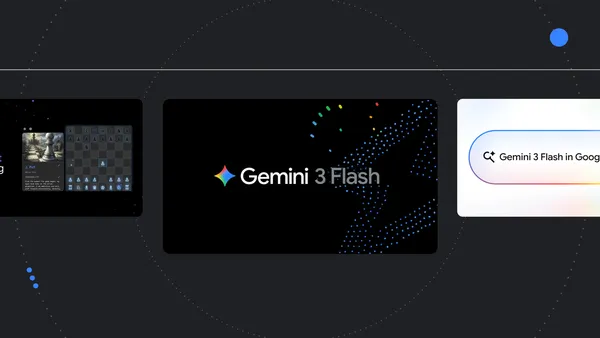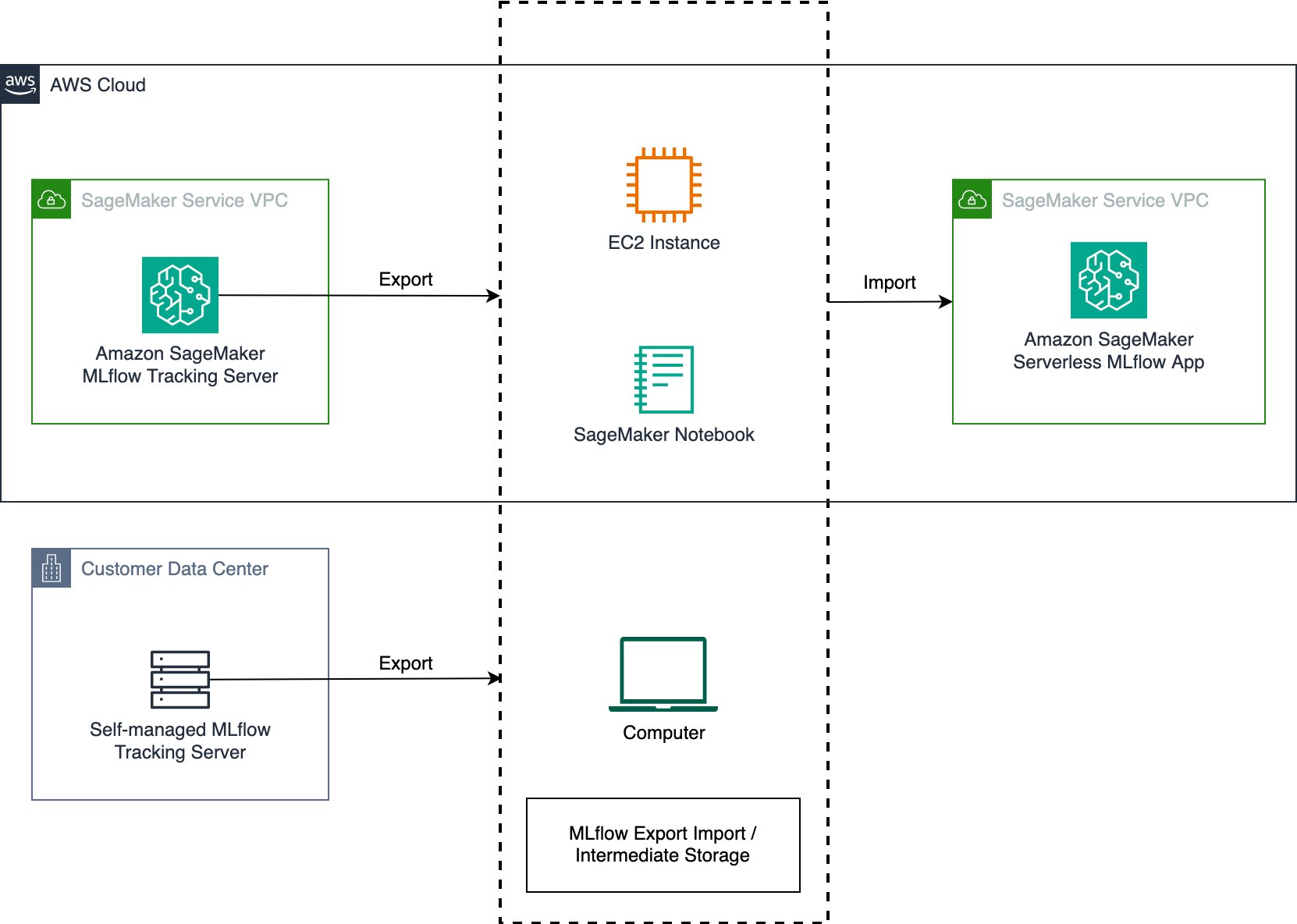NVIDIA NIM microservices now integrate with Amazon SageMaker, allowing you to deploy industry-leading large language models (LLMs) and optimize model performance and cost. You can deploy state-of-the-art LLMs in minutes instead of days using technologies such as NVIDIA TensorRT, NVIDIA TensorRT-LLM, and NVIDIA Triton Inference Server on NVIDIA accelerated instances hosted by SageMaker.
NIM, part of the NVIDIA AI Enterprise software platform listed on AWS marketplace, is a set of inference microservices that bring the power of state-of-the-art LLMs to your applications, providing natural language processing (NLP) and understanding capabilities, whether you’re developing chatbots, summarizing documents, or implementing other NLP-powered applications. You can use pre-built NVIDIA containers to host popular LLMs that are optimized for specific NVIDIA GPUs for quick deployment or use NIM tools to create your own containers.
In this post, we provide a high-level introduction to NIM and show how you can use it with SageMaker.
An introduction to NVIDIA NIM
NIM provides optimized and pre-generated engines for a variety of popular models for inference. These microservices support a variety of LLMs, such as Llama 2 (7B, 13B, and 70B), Mistral-7B-Instruct, Mixtral-8x7B, NVIDIA Nemotron-3 22B Persona, and Code Llama 70B, out of the box using pre-built NVIDIA TensorRT engines tailored for specific NVIDIA GPUs for maximum performance and utilization. These models are curated with the optimal hyperparameters for model-hosting performance for deploying applications with ease.
If your model is not in NVIDIA’s set of curated models, NIM offers essential utilities such as the Model Repo Generator, which facilitates the creation of a TensorRT-LLM-accelerated engine and a NIM-format model directory through a straightforward YAML file. Furthermore, an integrated community backend of vLLM provides support for cutting-edge models and emerging features that may not have been seamlessly integrated into the TensorRT-LLM-optimized stack.
In addition to creating optimized LLMs for inference, NIM provides advanced hosting technologies such as optimized scheduling techniques like in-flight batching, which can break down the overall text generation process for an LLM into multiple iterations on the model. With in-flight batching, rather than waiting for the whole batch to finish before moving on to the next set of requests, the NIM runtime immediately evicts finished sequences from the batch. The runtime then begins running new requests while other requests are still in flight, making the best use of your compute instances and GPUs.
Deploying NIM on SageMaker
NIM integrates with SageMaker, allowing you to host your LLMs with performance and cost optimization while benefiting from the capabilities of SageMaker. When you use NIM on SageMaker, you can use capabilities such as scaling out the number of instances to host your model, performing blue/green deployments, and evaluating workloads using shadow testing—all with best-in-class observability and monitoring with Amazon CloudWatch.
Conclusion
Using NIM to deploy optimized LLMs can be a great option for both performance and cost. It also helps make deploying LLMs effortless. In the future, NIM will also allow for Parameter-Efficient Fine-Tuning (PEFT) customization methods like LoRA and P-tuning. NIM also plans to have LLM support by supporting Triton Inference Server, TensorRT-LLM, and vLLM backends.
We encourage you to learn more about NVIDIA microservices and how to deploy your LLMs using SageMaker and try out the benefits available to you. NIM is available as a paid offering as part of the NVIDIA AI Enterprise software subscription available on AWS Marketplace.
In the near future, we will post an in-depth guide for NIM on SageMaker.
About the authors
James Park is a Solutions Architect at Amazon Web Services. He works with Amazon.com to design, build, and deploy technology solutions on AWS, and has a particular interest in AI and machine learning. In h is spare time he enjoys seeking out new cultures, new experiences, and staying up to date with the latest technology trends.You can find him on LinkedIn.
Saurabh Trikande is a Senior Product Manager for Amazon SageMaker Inference. He is passionate about working with customers and is motivated by the goal of democratizing machine learning. He focuses on core challenges related to deploying complex ML applications, multi-tenant ML models, cost optimizations, and making deployment of deep learning models more accessible. In his spare time, Saurabh enjoys hiking, learning about innovative technologies, following TechCrunch, and spending time with his family.
Qing Lan is a Software Development Engineer in AWS. He has been working on several challenging products in Amazon, including high performance ML inference solutions and high performance logging system. Qing’s team successfully launched the first Billion-parameter model in Amazon Advertising with very low latency required. Qing has in-depth knowledge on the infrastructure optimization and Deep Learning acceleration.
Nikhil Kulkarni is a software developer with AWS Machine Learning, focusing on making machine learning workloads more performant on the cloud, and is a co-creator of AWS Deep Learning Containers for training and inference. He’s passionate about distributed Deep Learning Systems. Outside of work, he enjoys reading books, fiddling with the guitar, and making pizza.
Harish Tummalacherla is Software Engineer with Deep Learning Performance team at SageMaker. He works on performance engineering for serving large language models efficiently on SageMaker. In his spare time, he enjoys running, cycling and ski mountaineering.
Eliuth Triana Isaza is a Developer Relations Manager at NVIDIA empowering Amazon’s AI MLOps, DevOps, Scientists and AWS technical experts to master the NVIDIA computing stack for accelerating and optimizing Generative AI Foundation models spanning from data curation, GPU training, model inference and production deployment on AWS GPU instances. In addition, Eliuth is a passionate mountain biker, skier, tennis and poker player.
Jiahong Liu is a Solution Architect on the Cloud Service Provider team at NVIDIA. He assists clients in adopting machine learning and AI solutions that leverage NVIDIA accelerated computing to address their training and inference challenges. In his leisure time, he enjoys origami, DIY projects, and playing basketball.
Kshitiz Gupta is a Solutions Architect at NVIDIA. He enjoys educating cloud customers about the GPU AI technologies NVIDIA has to offer and assisting them with accelerating their machine learning and deep learning applications. Outside of work, he enjoys running, hiking and wildlife watching.



